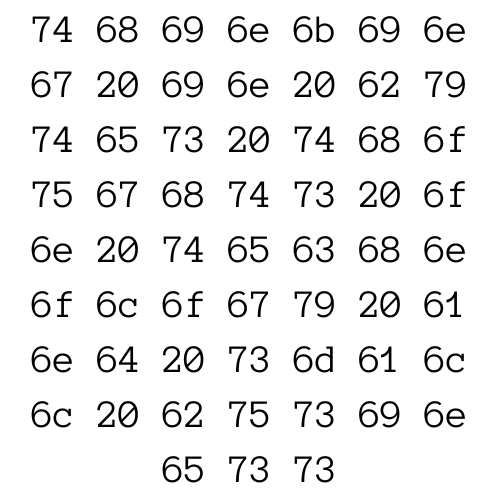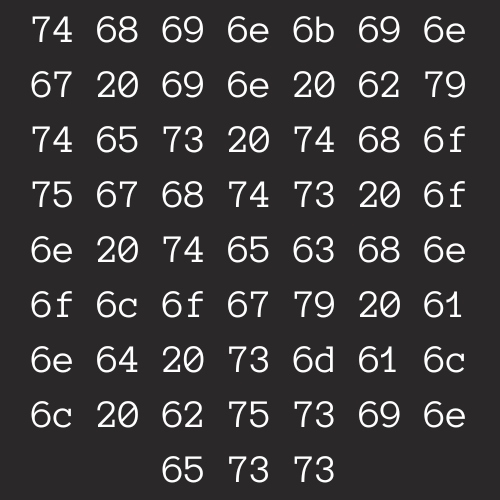Useful PowerShell: Dates and Times
In this article:
- What is PowerShell?
- Finding And Opening The PowerShell Application
- Creating A Date
- Creating A Specific Date
- Something Useful: Finding Completion Dates
- What About Weeks?
- Find The Time Between Dates
- Conclusion
- References
PowerShell provides immediate value for non-technical users.This article introduces new users to one useful feature of PowerShell without explaining the background of PowerShell and all the details behind cmdlets, objects, properties, variables, operators, members, help, execution policy, etc. This is a different way of introducing PowerShell. Many introductions to PowerShell tackle the implementation details that, in my opinion, can be hidden from some users who just need a tool.
What is PowerShell?
PowerShell is an application on your computer. That is the level of detail required for this article.
Microsoft’s answer to the question “What is PowerShell?”:
PowerShell is a cross-platform task automation solution made up of a command-line shell, a scripting language, and a configuration management framework. PowerShell runs on Windows, Linux, and macOS.
For more details on Microsoft’s definition, consult the Microsoft PowerShell Docs 1.
Finding And Opening The PowerShell Application
All currently supported versions of Windows come with PowerShell installed. Some businesses hide or restrict access to PowerShell on their computers. If you are using a work computer, you may have limited access to PowerShell. If you do have access to PowerShell, its use may be restricted.
PowerShell Versions
In a Windows environment, you may see three (3) different PowerShell applications.
- Windows PowerShell
- Windows PowerShell ISE
- PowerShell
For this article, any of these will work. The application may look different, but the functionality is the same.
Creating A Date
Create a date by typing Get-Date2 and then pressing Enter.
The value of the date equals the moment the Enter key was pressed.
Get-Date
Results will vary depending on when you are. It’ll look something like this:
Saturday, October 28, 2023 11:37:36 AM
Note: When typing
Get-Date, PowerShell doesn’t care about proper capitalization.Get-Date,get-date,gEt-DAte, all produce the same result. PowerShell is as case-insensitive as possible with a few exceptions3.
Creating A Specific Date
To do useful things with dates in PowerShell, you’ll need to create a date that is something other than today.
Create a specific date by adding a date after the Get-Date in the form of Month/Day/Year.
Get-Date 07/04/1776
To include the time of day in the date, add the hour and minute after the date. By enclosing both the date and the time in double quotes, PowerShell knows they’re connected.
Get-Date "07/04/1776 09:32"
Without the quotation marks, PowerShell returns an error message.
Get-Date: A positional parameter cannot be found that accepts argument '09:32'.
PowerShell assumes that because we didn’t specify
AMorPM, we are using a 24 hour time format.
To specify the time to be 09:32 PM, add the PM inside the quotes.
Get-Date "07/04/1776 09:32 PM"
Something Useful: Finding Completion Dates
Everything explained up to this point is interesting, but not useful. How can it be applied to a real,
everyday problem? A common task for project managers is creating project plans. Plans can range from
a fully detailed Gantt chart or a list of milestones and associated completion dates. During project
planning, for a particular task there is a start date and an estimated duration, usually measured in
weeks or days. The equation for finding the completion date is
start date + estimated duration = completion date. A project manager may find herself using this
equation repeatedly while planning a project. You can use PowerShell to find completion dates. If
the start date is July 4, 2023 and the estimated duration is eighty (80) days, the calculation in PowerShell
looks like:
(Get-Date 07/04/2023).addDays(80)
Results
Friday, September 22, 2023 12:00:00 AM
The parentheses force the order of operations.
Inside the parentheses executes first, followed by the operation outside the parentheses.
The .addDays() part is called a method.
All dates created using Get-Date have this and many other methods built-in.
An abbreviated list of methods for dates:
- AddDays
- AddHours
- AddMilliseconds
- AddMinutes
- AddMonths
- AddSeconds
- AddYears
- Equals
- GetDateTimeFormats
- IsDaylightSavingTime
There are no Subtract methods.
To subtract days, use a negative value in the .AddDays() method.
Subtracting days helps with finding the start date given a completion date and an estimated duration.
For example, you need a task to be completed by July 4th and it will take eighty days to complete.
When should you start the task?
Find the date that was eighty (80) days before July 4, 2023 like this:
(Get-Date "07/04/2023").AddDays(-80)
Result:
Saturday, April 15, 2023 12:00:00 AM
Start the task on Tax Day in the US!
What About Weeks?
So far, the examples add and subtract days, but what if you want to calculate using weeks?
There is no .AddWeeks() method.
However, you can take the number of weeks, multiply by seven (7), and use the AddDays() method to calculate in weeks.
Find the date 5 weeks in the future from 11/23/2023:
(Get-Date 11/23/2023).AddDays(5*7)
Result:
Thursday, December 28, 2023 12:00:00 AM
Find The Time Between Dates
In the last section, the date math calculates a date in the past or future given a start date and an elapsed number of days (or months or seconds).
What if you have two dates and need to find the time between those dates?
PowerShell can handle that problem.
Both dates must be created using the Get-Date technique described before.
If you want to know the amount of time between July 4, 2023 and October 31, 2023, type this:
(Get-Date "07/04/2023") - (Get-Date "10/31/2023")
Result:
Days : -119
Hours : 0
Minutes : 0
Seconds : 0
Milliseconds : 0
Ticks : -102816000000000
TotalDays : -119
TotalHours : -2856
TotalMinutes : -171360
TotalSeconds : -10281600
TotalMilliseconds : -10281600000
All the values are negative. This means that the order of the dates matters. Swap the dates to make the times positive.
(Get-Date "10/31/2023") - (Get-Date "07/04/2023")
Now the results are positive values:
Days : 119
Hours : 0
Minutes : 0
Seconds : 0
Milliseconds : 0
Ticks : 102816000000000
TotalDays : 119
TotalHours : 2856
TotalMinutes : 171360
TotalSeconds : 10281600
TotalMilliseconds : 10281600000
Notice the use of parentheses in the calculations. The date must be “created” before the subtraction operation.
Conclusion
The objective of this article was to introduce non-technical users to a single useful PowerShell feature. You should now have the confidence to:
- Open PowerShell
- Create a Date with or without a time of day.
- Add or Subtract Days, Hours, Months, etc. from the Date
- Create two dates and find the time span between them.

